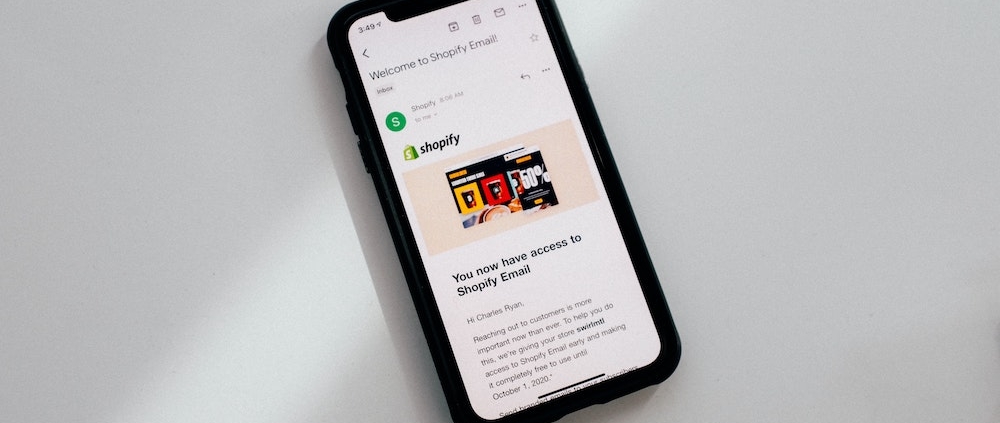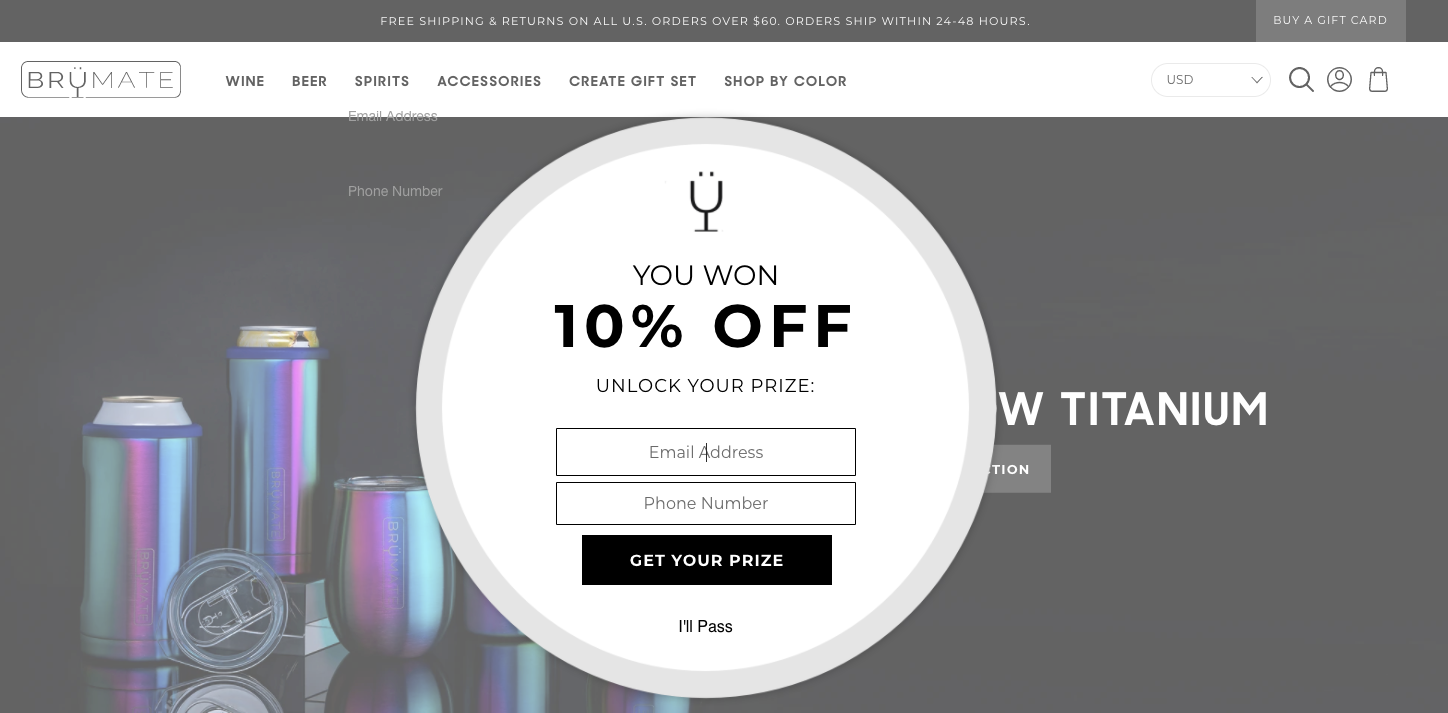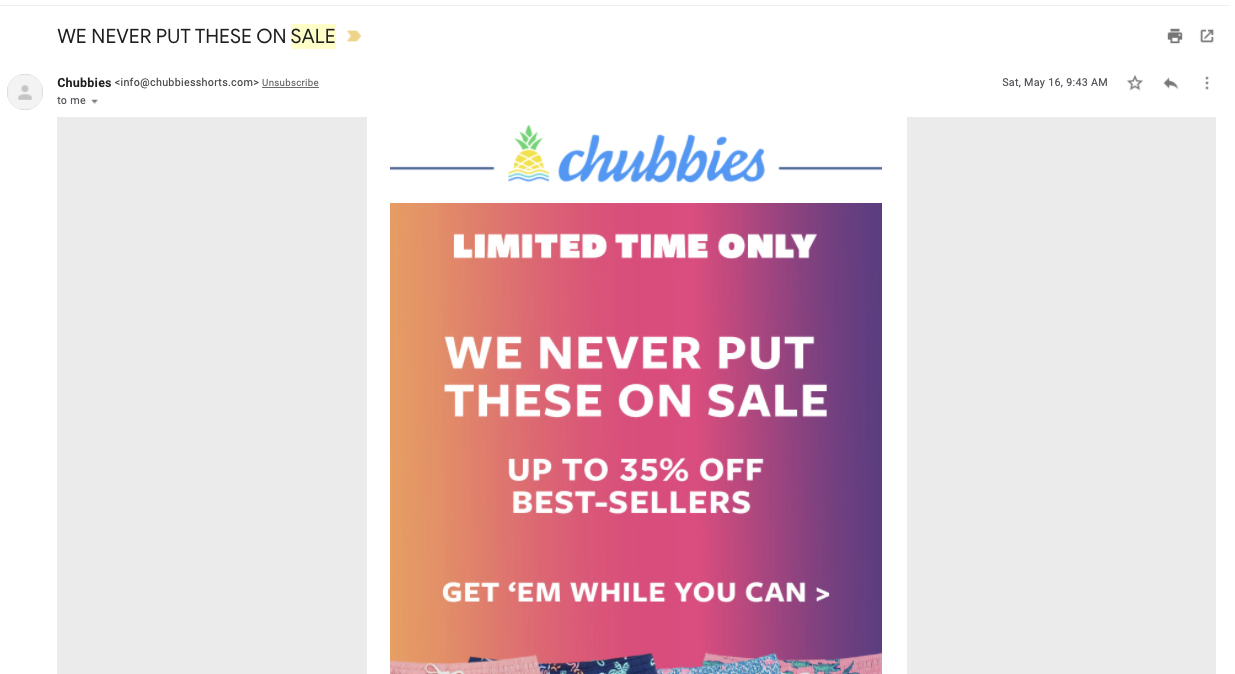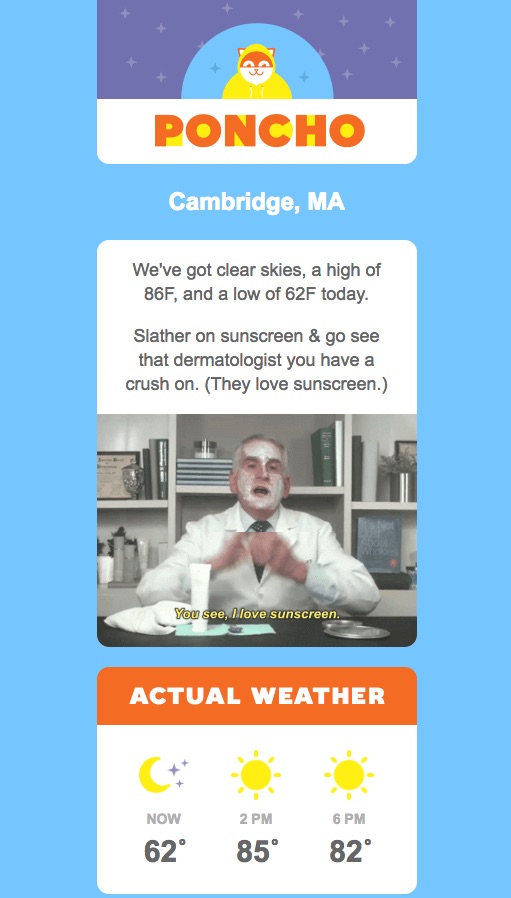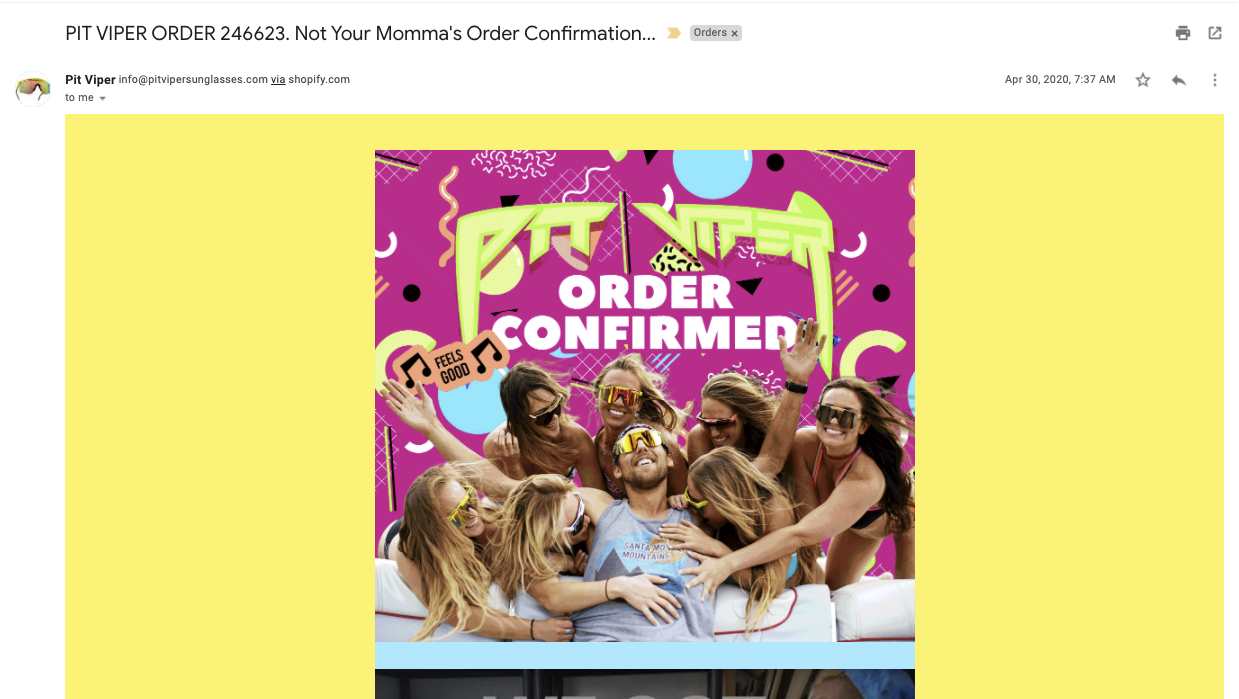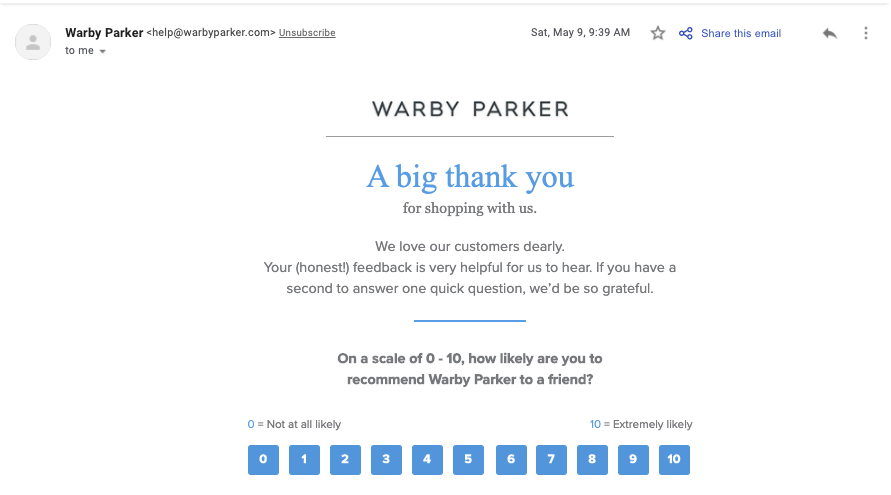A Crash Course in Email Marketing for Your eCommerce Store
If you sell products online, you have a lot of options when it comes to marketing tactics. From influencers to ppc, it’s less about what you can do, and more about what you should do.
Whether your limits are resource-related or budgetary, you will typically want to prioritize the marketing tactics that are likely to have the highest impact on your revenue. In terms of reliability and ease of implementation, you can’t do much better than email marketing.
Getting your ecommerce email strategy right, however, can prove a challenge. You only get one chance to grab a potential customer’s attention, after all, and you don’t want to lose sales once you have someone in your funnel.
Keep reading for tips on how to build your list, the most popular email triggers, and inspiration from some of the greats!
Building your list
In order for any type of marketing to work you need an audience. To pursue email marketing, this requires, of course, email addresses. There are several ways you can go about collecting these. The easiest is to simply acquire emails at your point of sale. This is a natural part of eCommerce, and customers who do not want targeted marketing can always opt out. Of course, this only allows you to target people who already buy from you.
One popular method to grow your customer base is to institute a “pop-up” that entices website visitors to submit email addresses for a coupon. Keep in mind that you do not need to directly ask for the email address. Instead, simply offer the coupon. If the customer bites and you gain a sale, you will collect the email naturally.
Another strategy involves giving away free content. For example, you could provide “how-to’s” related to your industry, such as recipes if you sell cookware. These are called “lead magnets”, because they lure potential customers to your website through the voluntary submission of contact details. If you have a popular blog, you can request emails for access to a newsletter with exclusive content.
Picking your triggers
Since online consumers get bombarded with marketing, a straight-forward email-based solicitation likely won’t get you many buyers. Because of this, you’ll need a trigger, or a purpose for your email. Some of the most effective triggers you can utilize include emails for abandoned carts, up-sells and cross-sells, promotional offers, and special promotions for customer loyalty and re-engagement.
Abandoned Cart Emails
We’ve all seen them in brick-and-mortars: the abandoned shopping cart, left idle like flotsam amidst the swift-running current of commerce. The e-commerce equivalent of this happens all the time. Any number of reasons can drive us to click away from our shopping carts before we complete a transaction. A sudden caller may arrive at the door, for example, or the phone rings, the baby cries, or we get diverted through a particularly salient social media post.
Believe it or not, nearly 70 percent of all online carts get abandoned before submission of payment. Shipping fees provide the number one reason for this, as customers get turned off by what they perceive as an “extra cost”. A simple way to transform this loss into a win is to send an abandoned cart email that offers free shipping. If you can’t take this hit to your margins, you can alternately send an email survey to learn the reason for the abandoned cart.
Up-Sell Emails
Up-selling occurs when you invite a customer to purchase a more expensive item in order to increase the overall value of their order. Cross-selling, a similar practice, happens when you recommend a similar or complementary product. Since customers with a three-year relationship spend 67 percent more than new customers, it makes sense that these tactics regularly target preexisting business. One way to capitalize on this tendency is to simply send an order follow-up email with related items.
Promotional Emails
The promotional email offers a one-time discount or coupon, or announces a sale. These are among the most popular types of email marketing for sellers and consumers alike. Seasonal sales provide shoppers the opportunity for discounts, and give sellers the ability to clear out unsold stock. Coupons can help drive a burst of immediate sales, and can provide shoppers discount on bundles, or one-time savings that convince them to finally buy that expensive new toy.
A special type of promotional email is that which seeks to reel back in an old customer. If someone has purchased from you once, chances are they will do it again if given the right incentive. A customer loyalty or re-engagement email can provide just this kind of incentive, through promotions like those mentioned above. What makes these different than straight-forward promotional emails is that they feel exclusive. For example, the discount could only apply for customers who have made a purchase in the last year, or those who made purchases from a specific category.
Creating your emails
Having seen a ton of great emails pass my way, I’d love to share a short list of some of the emails that have stood out to me.
Uber
Like all of Uber’s brand-related communications, the email was streamlined, clever, and well designed. These qualities help identify their brand, and therefore make Uber’s marketing efforts all the more successful.
Poncho
Some of the most effective communication weds brevity with humor. I like how the customizable weather forecast tool Poncho regularly utilizes this strategy through colorful, short marketing emails punctuated with witty copy. For example, the email below used a bright gif to communicate a forecast of high temperatures, and paired it with a statement about slathering on sunscreen to impress the dermatologist you’re crushing on.
Pit Viper
These emails have character. Pit Viper sells sunglasses online and their brand has a voice unique. Here’s one of my absolutely favorite emails from them that came after I ordered a pair of their sunglasses. This sticks out to me because it’s a simple confirmation email. They already had my money but instead of it being the same boring “thanks for your order” they took the opportunity to leave a lasting impression with their customers.
Warby Parker
Lastly, Warby Parker, which could probably offer a PhD in emailmarketing, sent me a feedback email a couple of weeks after I bought a pair of glasses. I like this one because it’s short to the point and honest. And the subject line “Three cheers for feedback” is human and inviting.
Bottom line, all eCommerce sites should get into the practice of email marketing as soon as possible. The benefits are simply too broad, and the expenditure so low, that it makes email marketing a no-brainer. Once you have your list of recipients, you can experiment with which types of emails work the best for your business. Get started soon, and each sympathetic recipient will not only grow your list of subscribers, but also your business’s bottom line.

Ellen is the founder at Tuff and one of the team’s core growth marketers. She is a versatile marketer with expertise in multiple channels – from ppc to seo to email to others – responsible for the experiments and testing. She is happiest when she’s on the ski hill or outside pointing her mountain bike downhill.
